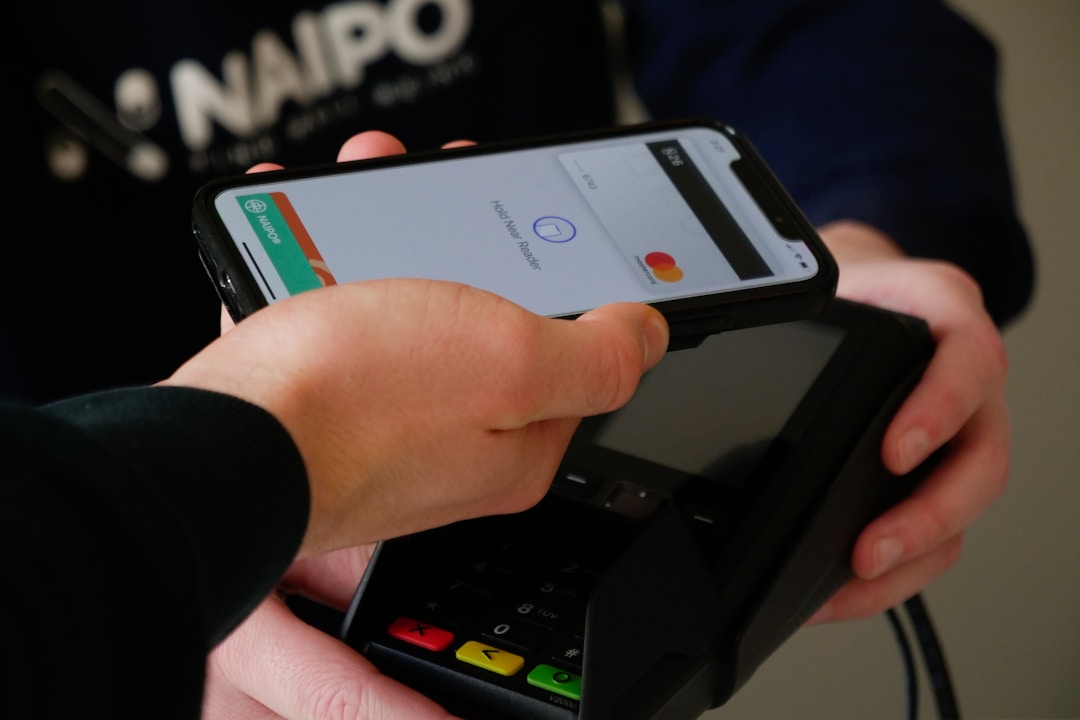Setting up a new merchant account is a time-consuming process full of screenings, rules, regulations, and laws that must be adhered to. Before a business owner can be approved for a merchant account to process credit card payments, financial institutions use a tool known as a Terminated Merchant File (TMF) or MATCH list to screen applicants. This tool helps companies like Mastercard and American Express identify high-risk accounts or those accounts with high chargebacks. Such merchant files end up on a blacklist that prevents them from opening a new account with a different payment processor.
Why do merchants end up on the MATCH list?

Earning a place on the TMF list results from the activities of the merchant, such as multiple chargebacks, fraudulent transactions, counterfeit money, and other suspicious activity. An acquiring bank sees such activities as high risks that deter them from doing business. It takes a lot of risky activities to be flagged as a high-risk merchant, but once a merchant account appears on the list, getting removed is no easy feat. Some common reasons for a credit card processor to put an account on the MATCH File include excessive chargebacks, excessive fraud, bankruptcy or insolvency, violation of standards, merchant collusion, PCI-DSS non-compliance, illegal transactions, and identity theft.
MasterCard Worldwide created and maintains the Member-Alert-to-Control-High-Risk or Terminated Merchant File (TMF) database on previously terminated merchants. All financial institutions and acquiring banks rely on this database to screen potential high-risk merchants applying for an account. Acquiring banks need to control high-risk merchants as a history of high chargebacks or fraudulent transactions could signal illegal activity. These banks have the sole ability to add or remove merchants to or from the database.
When a merchant makes it to the blacklist, so does the business name, the merchant’s name, and the names of any business partners to ban the opening of any new merchant accounts. Without having a processing bank to handle credit card payments, it’s difficult to meet financial obligations as a business owner. The best way for a TMF merchant to get removed from the list is to work with a team of experts who can clear their name.
Whether fraudulent activity, identity theft, or excessive chargebacks have caused a previous processor to flag your merchant file, Global Legal Law Firm has the skills and experience to get you removed from the MATCH file.
How can merchants avoid a place on the MATCH list?

The first step in avoiding the MATCH list is to work with the right payment processor who can advise merchants of the high-risk activities that might cause problems with an acquiring bank. Merchants are expected to abide by the rules, laws, and regulations related to the financial obligations of a business account. There are high-risk payment processors that can handle compliance issues so that business owners don’t have to.
The only way for an online business to accept customer payments is through a payment processor. Any merchant whose business model hinges on selling products online and fulfilling orders needs a merchant account in good standing. Glamnetic offers customers secure payment processing and a money-back guarantee on their line of natural lash extensions. Their magnetic lush lashes can be applied with the use of a special magnetic eyeliner drawn along the lash line to create a natural-looking lash lift. Customers can shop sale prices, enjoy free shipping, and take advantage of split-payments on their favorite lash and brow products.
How can merchants get removed from the MATCH list?

It’s no easy task being removed from the Terminated Merchant File List. The only company able to remove merchants from the TMF list is the company that placed the merchants on it. Merchants aren’t notified of their status on the MATCH database until they apply for a merchant account with another merchant account provider. Any merchant who’s been TMF’d should talk to the previous processor about the reasons why and get in touch with the acquiring bank. A new processor will need assurance that a merchant with a high number of chargebacks won’t place the burden of paying former customer chargebacks on them.
The best way to avoid the TMF MATCH list is to work with the right payment processor who can help control high-risk activities that could lead to a place on the blacklist.

